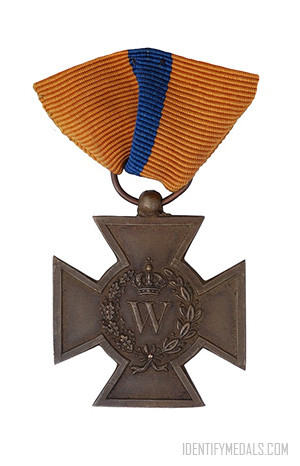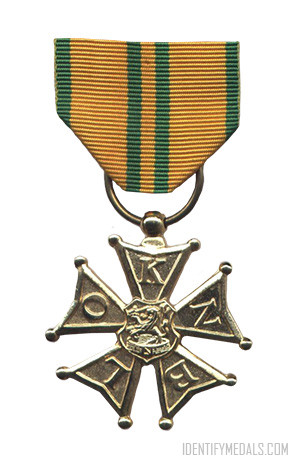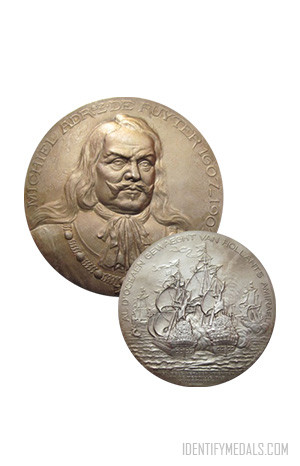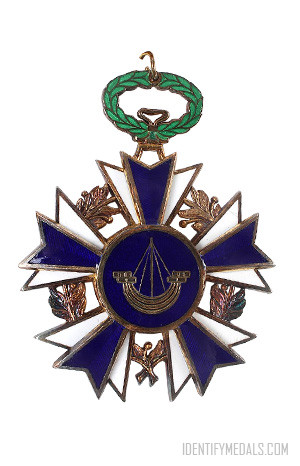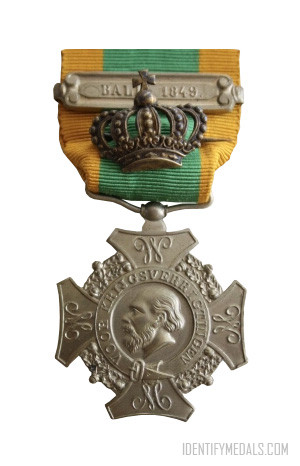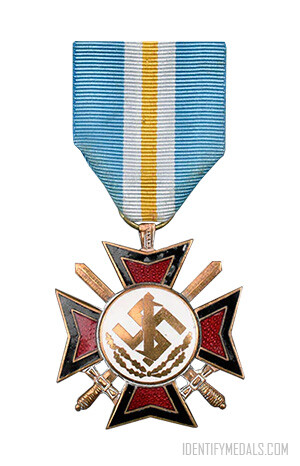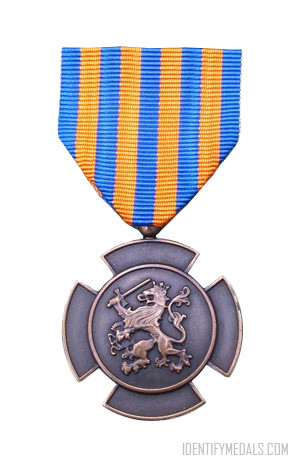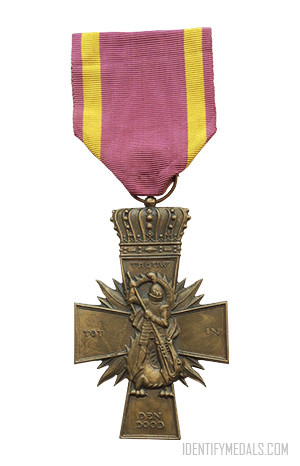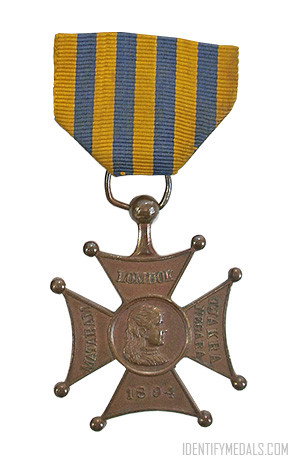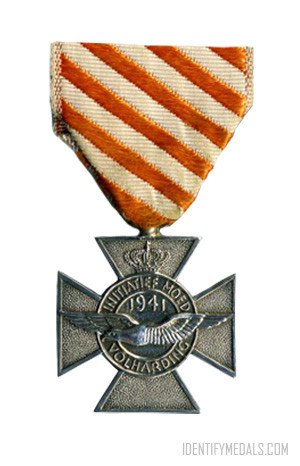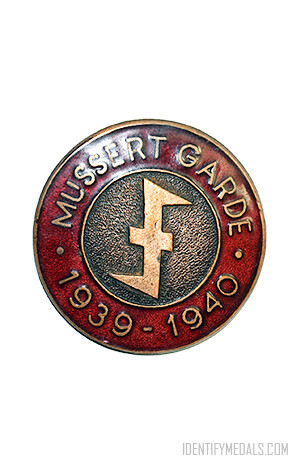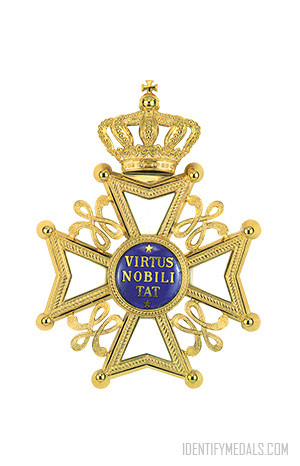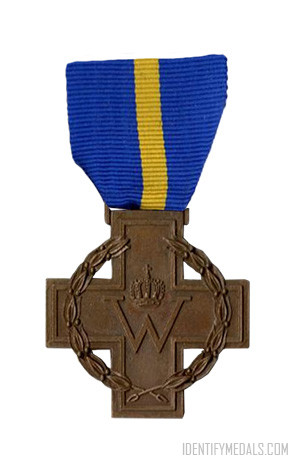- Time Period: World War II
- Institution: 11 June 1940
- Country: Netherlands
The Bronze Cross of the Kingdom of the Netherlands (or “Het Bronzen Kruis” in Dutch) was instituted on 11 June 1940 by Queen Wilhelmina of the Netherlands while she was residing in London during the German occupation of the Netherlands.
The Bronze Cross has precedence after the Resistance Star East Asia, but is the third-highest military decoration still being awarded for bravery.
Several British, American, Canadian and Polish soldiers are among the 3,501 recipients of the Bronze Cross that is awarded by Royal Decree.
The Bronze Cross Design
The medal is a bronze cross pattée. A wreath consisting of tendrils of oak and laurel leaves is tied around the royal cipher.
The orange ribbon has a Nassau blue stripe in the center. Orange is the color of the Queen, the head of the House of Orange, and blue is the heraldic color of the ancestral house of Nassau.
The Cross has no clasps. If it is awarded again a large Arabic golden figure “2” or “3” is attached to the ribbon.

